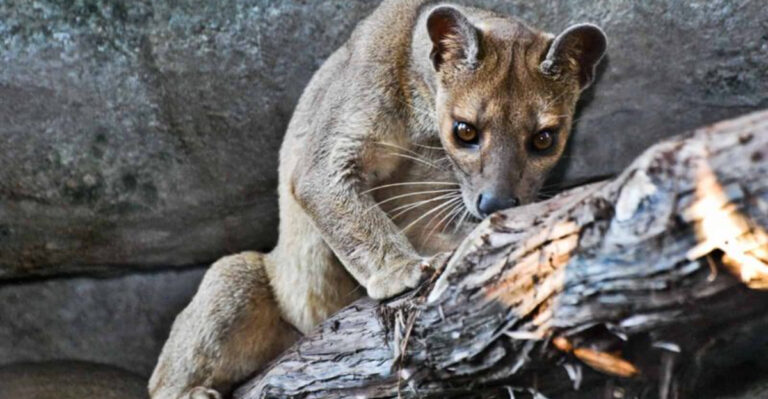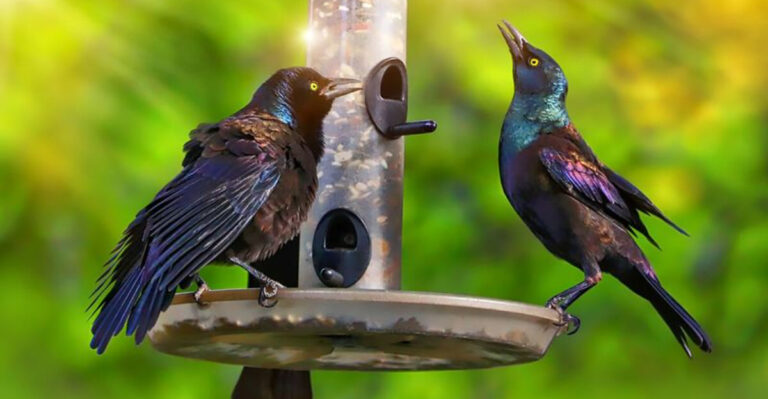20 Wild Animals You Did Not Know Lived In The U.S.
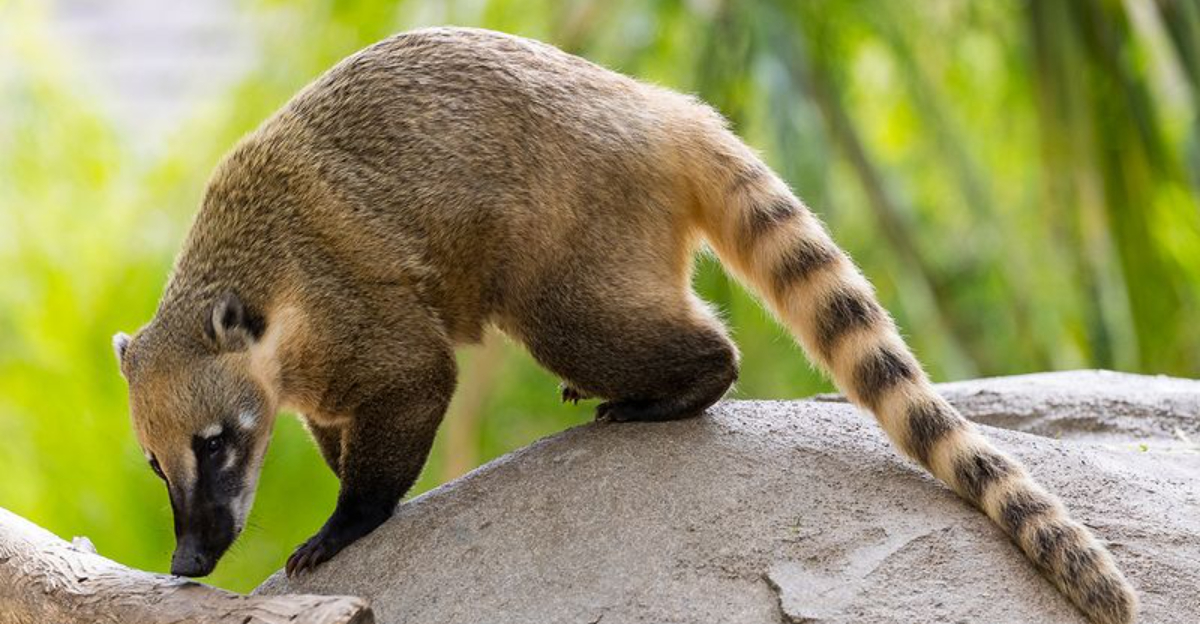
America’s wilderness harbors far more than just deer and raccoons. Hidden in remote forests, mountains, and deserts are creatures so unusual you might think they belong in exotic foreign landscapes.
From elusive big cats to creatures that seem straight from prehistoric times, the United States is home to some truly surprising wild animals that most Americans have never encountered in their backyards.
1. Jaguars Prowl The Southwest
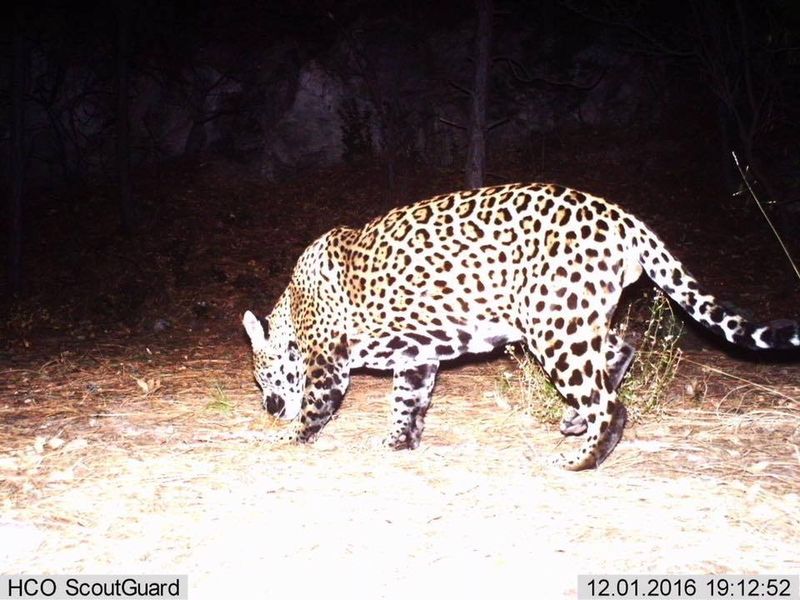
Forget South American rainforests! These spotted predators occasionally roam the deserts and mountains of Arizona and New Mexico.
Male jaguars from Mexico venture north across the border, seeking new territory. Conservation efforts now focus on protecting their potential habitat in the U.S., though sightings remain extremely rare. Motion-sensor cameras have captured these majestic cats, proving they’re real American residents, not just visitors.
2. Ringtails Look Like Cat-Fox Hybrids
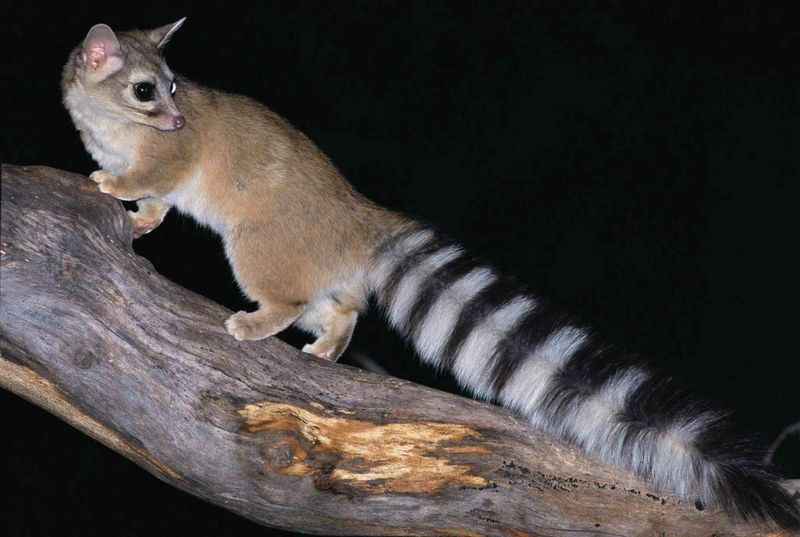
Ever seen a creature with a cat’s body, fox-like face, and raccoon’s ringed tail? These nocturnal mammals scamper across the southwestern states, from California to Texas, yet remain virtually unknown to most Americans.
Miners once kept them as pets to control rodents, nicknaming them “miner’s cats.” Despite their cute appearance, ringtails are skilled hunters with incredible climbing abilities, able to rotate their hind feet 180 degrees and race up vertical surfaces.
3. Alligator Snapping Turtles Hide Underwater

Looking like they stepped out of a dinosaur documentary, these prehistoric-appearing turtles lurk in rivers throughout the southeastern United States. Their most fascinating feature? A worm-like tongue appendage used to lure unsuspecting fish directly into their powerful jaws.
Some specimens reach over 200 pounds with shells covered in spiky ridges. Despite their fearsome appearance, these ancient reptiles face declining numbers due to habitat loss and overharvesting.
4. Coatimundis Bring Tropical Vibes
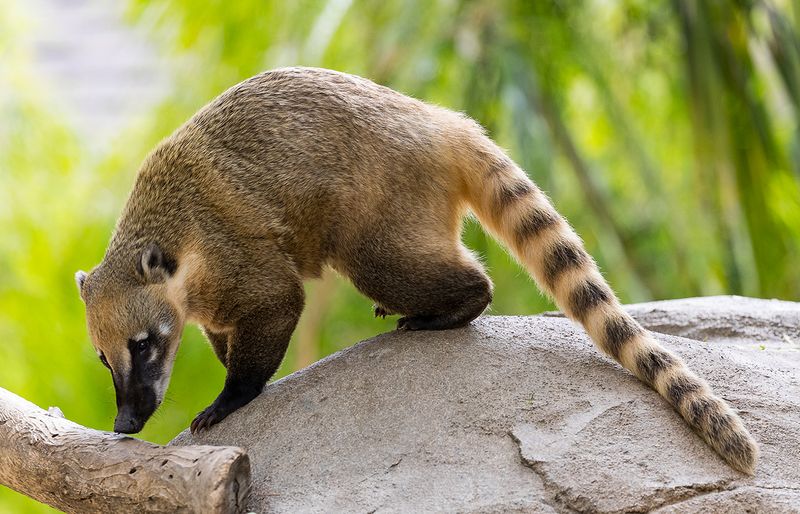
Sporting long, upturned snouts and ringed tails, these raccoon relatives seem better suited to Central American jungles than U.S. soil. Yet small populations thrive in Arizona’s southern mountains, where they root through forest floors in chattering bands.
Locals call them “coatis” for short. Their flexible noses help them sniff out insects and grubs hiding under rocks and logs. Female coatis form social groups while males typically live solitary lives except during mating season.
5. Ocelots Sneak Through Texas
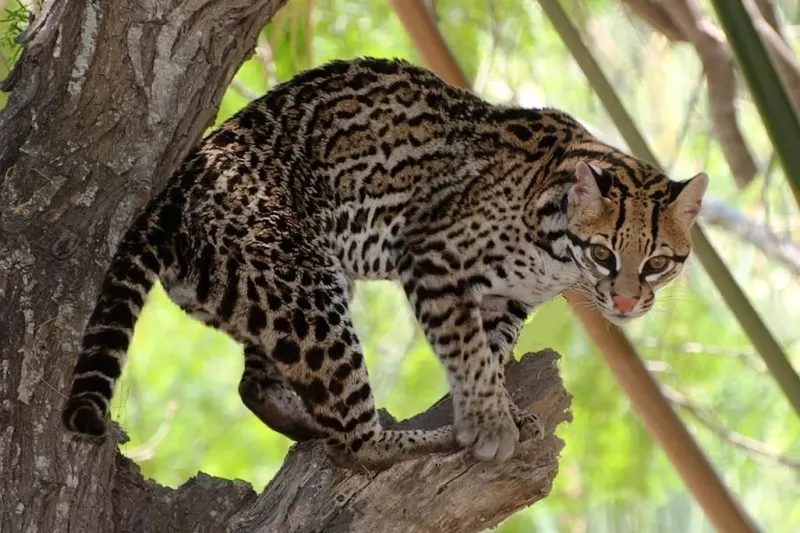
Barely 50 of these spotted wildcats remain in the dense thornscrub forests of southern Texas. Their gorgeous dappled coats once made them targets for the fur trade, pushing them to the brink of extinction in the U.S. Slightly larger than house cats but with twice the attitude, ocelots hunt mostly at night. They’re incredibly secretive, making wildlife sightings exceptionally rare. Conservation efforts now focus on protecting the remaining population and their shrinking habitat.
6. Gila Monsters Pack Venomous Bites
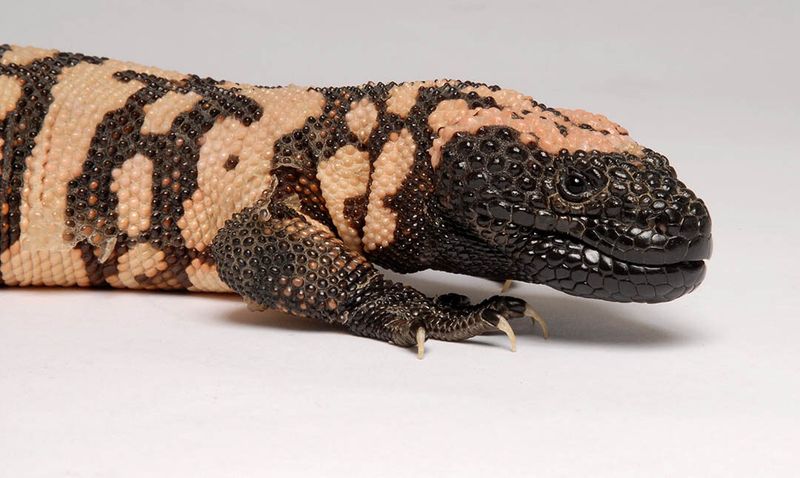
Decked out in orange-pink and black beaded skin, these venomous lizards look like they’re dressed for a Halloween party. They’re one of only two venomous lizard species worldwide and make their home in the southwestern deserts.
Unlike snakes that strike quickly, Gila monsters deliver venom through a chewing motion. Don’t worry too much though—they move slowly and prefer avoiding humans. Their fat-storing tails help them survive months without food in harsh desert conditions.
7. Fishers Bound Through Northern Forests
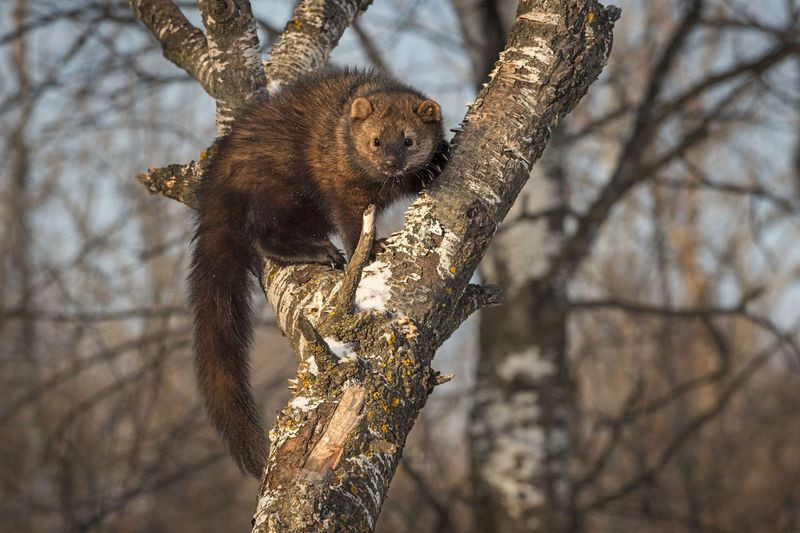
Resembling oversized, dark-furred weasels, these ferocious predators roam forests across the northern states. What makes them remarkable? They’re among the few animals that regularly hunt porcupines, somehow avoiding those thousands of sharp quills.
Fishers can rotate their hind feet nearly 180 degrees, allowing them to climb down trees headfirst. Despite their name, they rarely eat fish. Their preferred diet includes small mammals, birds, and carrion—pretty much anything they can catch in the forest.
8. American Crocodiles Bask In Florida
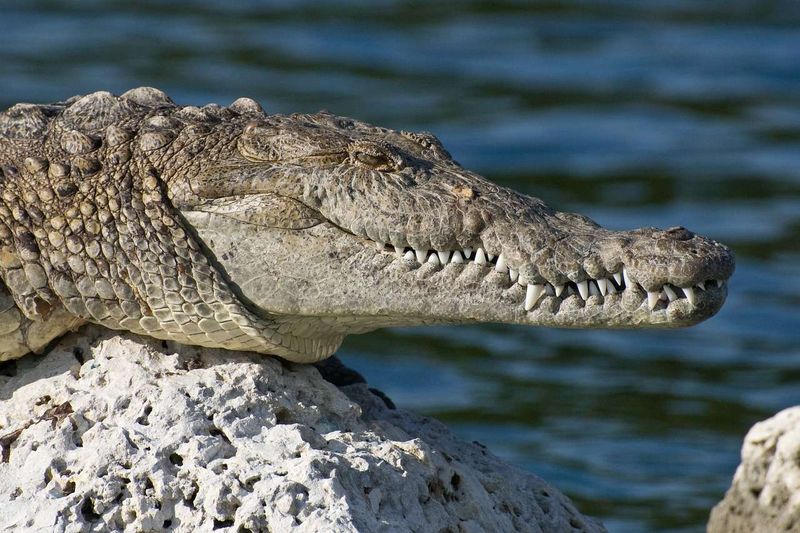
Alligators get all the Florida fame while their toothier cousins remain largely unknown. American crocodiles inhabit the southern tip of Florida, the only place in the world where crocodiles and alligators naturally coexist.
Unlike their more aggressive relatives elsewhere, American crocs tend to be shy around humans. They’re saltwater specialists, preferring coastal mangroves and brackish water. Once endangered with fewer than 300 individuals, conservation efforts have helped their population rebound to over 2,000.
9. Javelinas Form Desert Squads
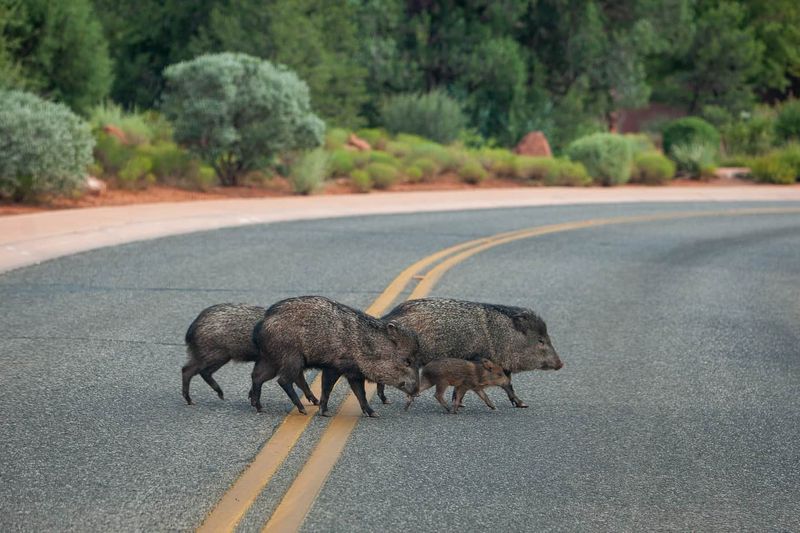
Frequently mistaken for wild pigs, these desert-dwelling mammals are actually peccaries—a completely different family of hoofed animals. Traveling in tight-knit family groups, javelinas roam the American Southwest, using their tough snouts to dig up roots and cacti.
Their most unusual feature? A scent gland on their backs that produces a musky smell so powerful it gives them their Spanish nickname meaning “little javelin.” Despite their intimidating tusks, they’re typically shy unless cornered or protecting young.
10. Nutrias Create Wetland Havoc
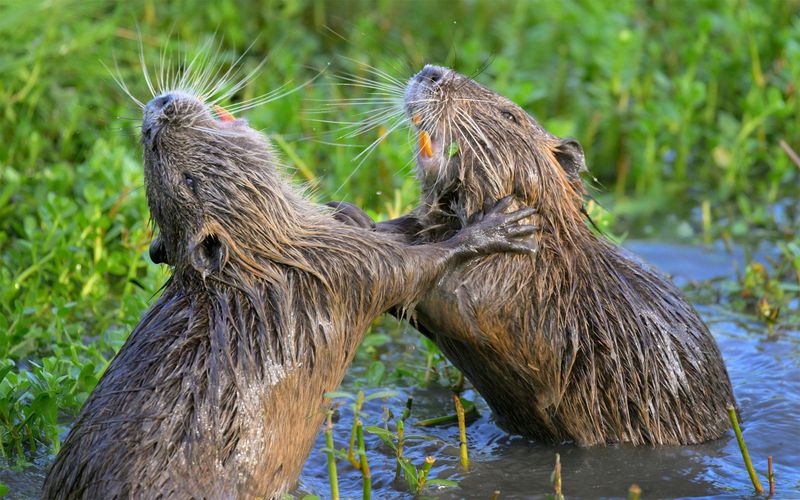
Imagine a beaver-sized rodent with bright orange buck teeth and a rat-like tail. That’s the nutria, an invasive species now established across southern and coastal states after escaping from fur farms in the 1940s.
Originally from South America, these oversized rodents wreak havoc on wetland ecosystems by devouring plant roots. A single female can produce up to 200 offspring during her lifetime. Their destructive appetite has transformed vast areas of marshland into open water.
11. Kangaroo Rats Bounce Through Deserts

Defying the laws of biology, these remarkable rodents never need to drink water! Native to western deserts, kangaroo rats extract all necessary moisture from the dry seeds they eat, surviving in places where rain rarely falls.
Their oversized hind legs allow them to leap up to 9 feet in a single bound. Even more impressive, they can hear the silent wing beats of approaching owls and perform mid-air acrobatics to escape. Their specialized kidneys produce the most concentrated urine of any mammal.
12. Collared Peccaries Roam The Border
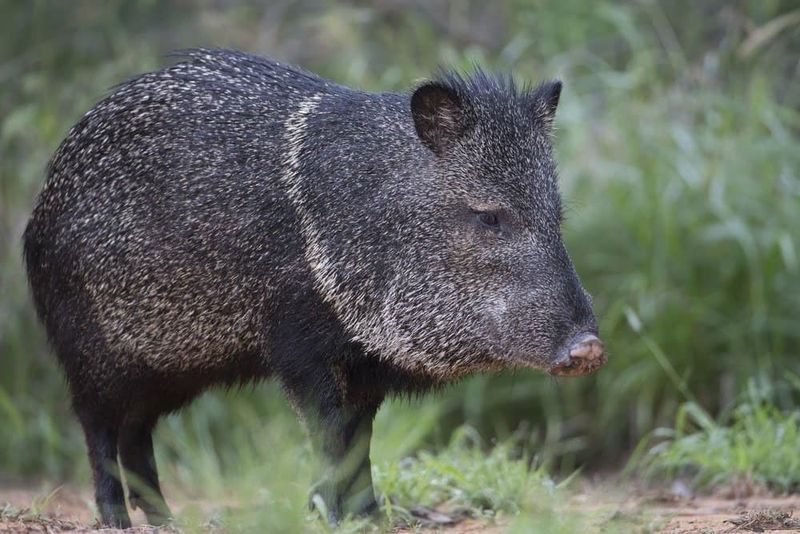
Strutting through the borderlands with attitude, these pig-like creatures sport a distinctive white collar around their necks. Unlike their javelina cousins, collared peccaries form larger social groups and venture further north into Arizona and Texas.
Their powerful jaws can crunch through cactus spines that would injure most animals. Each group maintains a territory marked by their distinctive musky scent. Though typically peaceful, they’ll defend themselves fiercely when threatened, using sharp tusks as weapons.
13. Flying Squirrels Glide After Dark
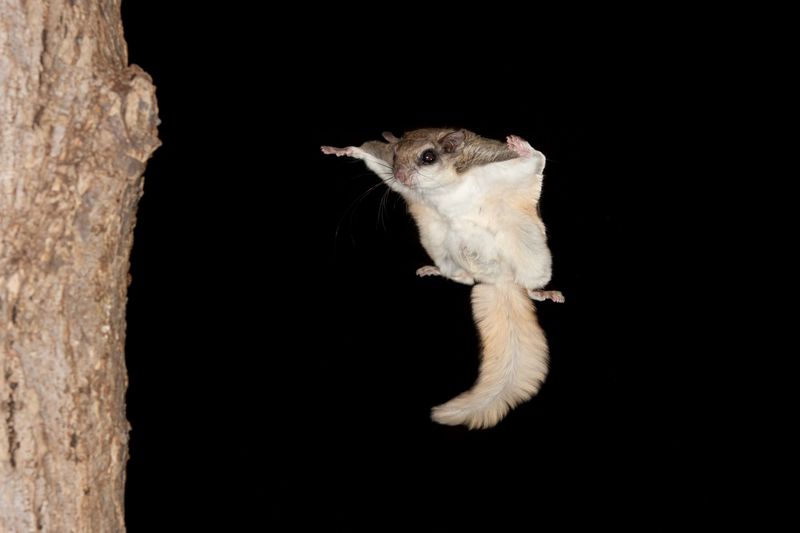
Millions of Americans have never spotted these nocturnal gliders despite them living in forests across the eastern United States. Unlike their daytime cousins, flying squirrels have stretchy skin between their limbs that allows them to soar up to 150 feet between trees.
Their huge, anime-like eyes help them navigate in near-darkness. Most fascinating of all? Their fur glows bright pink under ultraviolet light, a trait scientists only discovered recently. These tiny mammals are surprisingly social, often nesting in groups during cold weather.
14. Armadillos March Northward
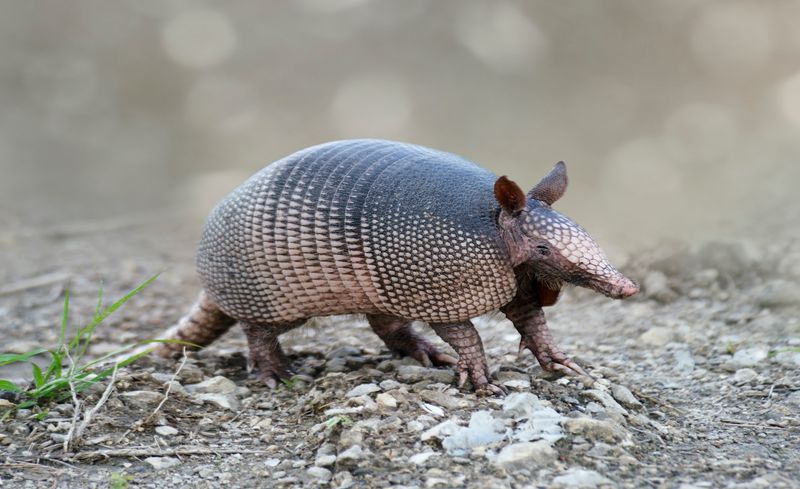
Famous for their leathery armor, nine-banded armadillos have been steadily expanding their range northward from Texas. They’ve now reached as far as Missouri, Illinois, and even southern Indiana—far beyond where most people expect to find them. When startled, these odd mammals can leap three to four feet straight up in the air. They’re also the only animals besides humans known to naturally catch leprosy. Most remarkably, nine-banded armadillos always give birth to identical quadruplets—four genetically identical babies every time.
15. Pronghorn Antelope Break Speed Records

North America’s fastest land animal isn’t imported from Africa—it’s the native pronghorn, capable of sustaining speeds of 35 mph for miles. Though often called “antelope,” they’re actually their own unique family that evolved in North America.
Their oversized windpipes, lungs, and hearts fuel their incredible speed. Unlike deer, pronghorns shed the outer sheath of their horns annually while keeping the bony core. Their exceptional eyesight can detect movement up to four miles away—better than any binoculars you own!
16. Alligator Gars Swim Since Dinosaur Days
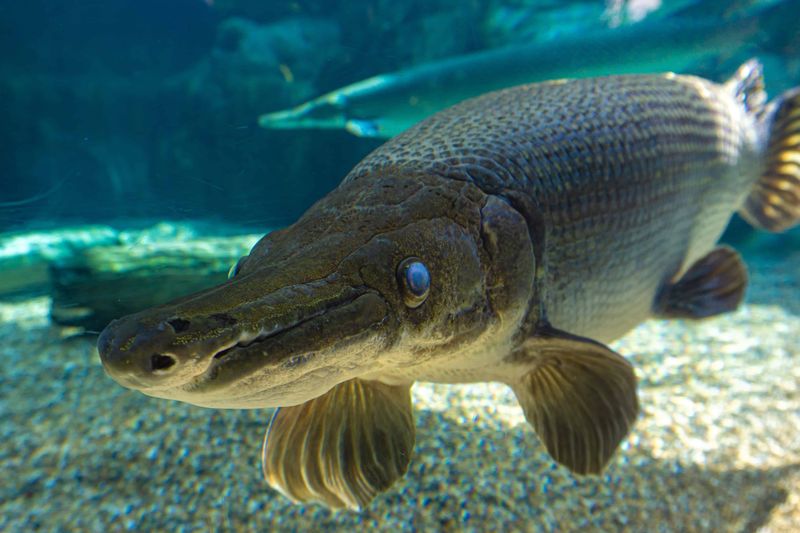
Looking like they swam straight out of the prehistoric era, these massive fish patrol rivers throughout the southern United States. With armored scales and a face resembling an alligator, they can grow over seven feet long and weigh more than 300 pounds. Their ability to breathe air allows them to survive in oxygen-poor waters where other fish perish. These living fossils have remained virtually unchanged for over 100 million years. Despite their fearsome appearance, alligator gars rarely attack humans, preferring to feed on smaller fish.
17. Ringed Seal Colonies Dot Alaska
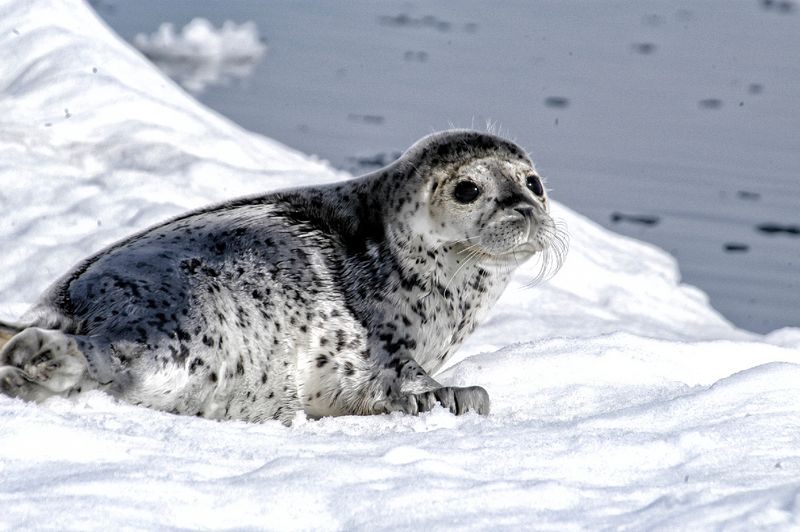
Arctic specialists with distinctive light rings on their dark coats, these seals create breathing holes in sea ice using the powerful claws on their front flippers. They’re the smallest and most numerous Arctic seals in U.S. waters, yet remain virtually unknown to most Americans.
Ringed seals build snow caves above their breathing holes to protect pups from predators. Their blubber layer can be six inches thick—perfect insulation against frigid Arctic waters. Climate change poses a serious threat as sea ice diminishes, reducing their breeding habitat.
18. Mink Hunt Along Waterways

Sleek, dark, and rarely spotted, these semi-aquatic predators patrol riverbanks and lakeshores across most of the United States. About twice the size of weasels, American mink are fierce hunters both on land and underwater. Their dense, water-repellent fur once made them prime targets for trappers. Wild mink can hold their breath for up to three minutes while pursuing fish, frogs, and crayfish. Though common throughout the country, their secretive nature and primarily nocturnal habits keep them hidden from most Americans.
19. Muskox Stand Guard in Alaska
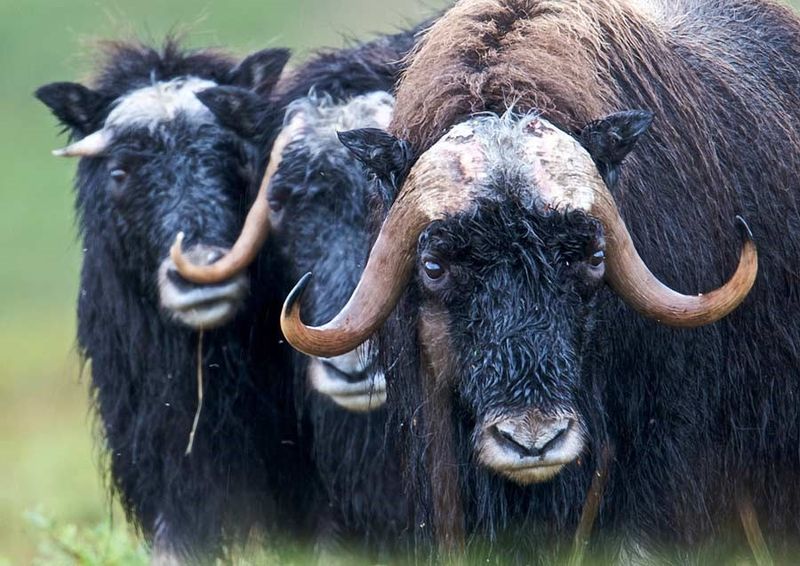
Built like shaggy tanks with curved horns, these Ice Age survivors roam Alaska’s tundra. Their outer guard hairs reach almost to the ground, covering a soft inner wool called qiviut—eight times warmer than sheep’s wool and finer than cashmere.
When threatened, muskoxen don’t flee like most animals. Instead, they form a defensive circle with calves in the center and adults facing outward with lowered heads. This strategy effectively protected them from prehistoric predators but proved disastrous when humans arrived with rifles.
20. Wolverines Defy Mountain Extremes
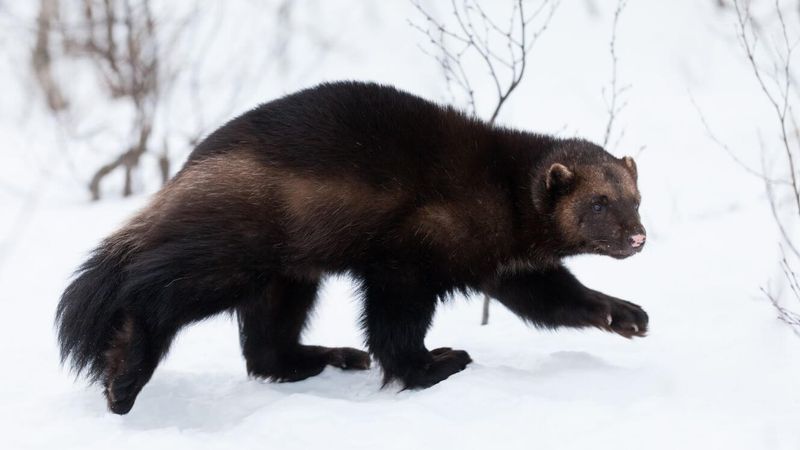
Pound for pound, these elusive predators might be North America’s toughest mammals. Despite weighing just 30-40 pounds, wolverines fearlessly take on animals many times their size and can bring down adult deer in deep snow.
Their massive paws act like natural snowshoes for traveling across mountain snowfields. Fewer than 300 wolverines remain in the contiguous United States, primarily in the northern Rockies. Their incredible sense of smell can detect carrion buried under 20 feet of snow.



